The Timor Pony
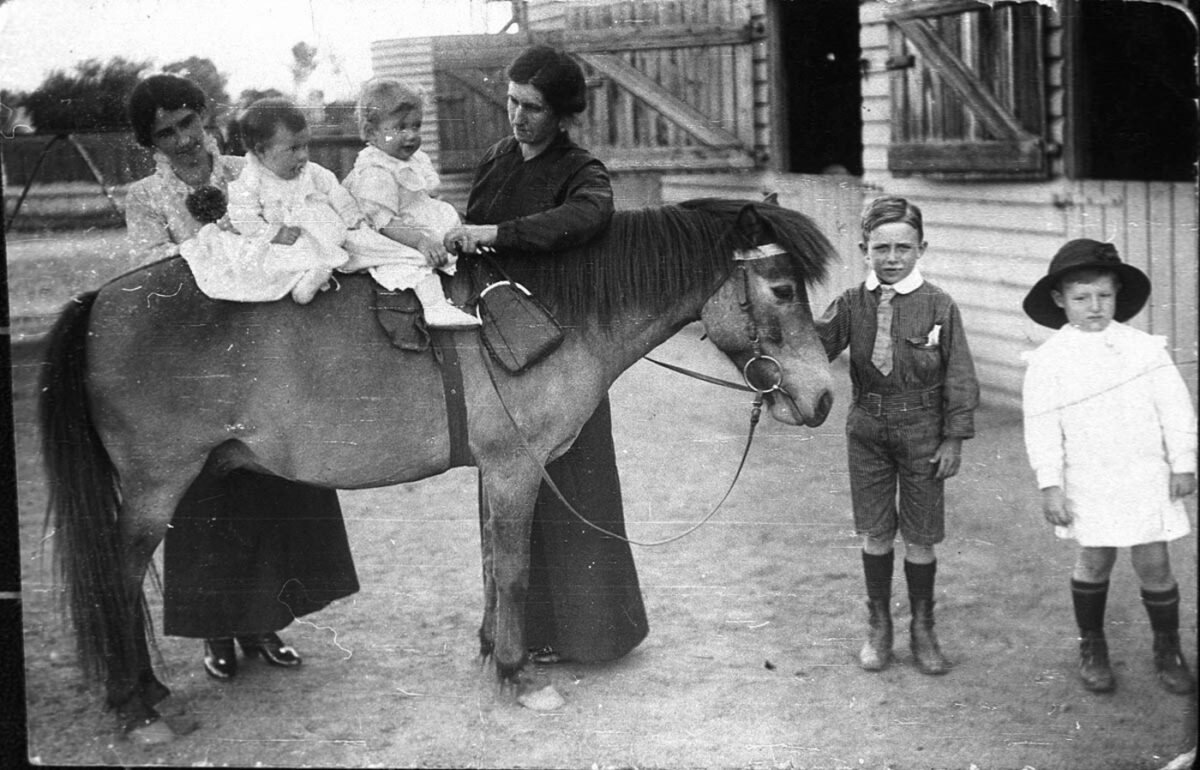
The Walers, 2022. Image: Cheeky: At Work and Play, Fox Street Wagga Wagga, State Library of NSW.
The Timor is a very pure breed and by far the most influential pony in the Waler’s make-up. We believe we have the world’s last remaining wild Timor Ponies (other than those in Timor), and only a handful in captivity.
The Timor has remained pure, one of the most ancient breeds and more pure breeds in the world. Geographical isolation has helped a lot with this. Our wild population is hence of great significance.
Genghis Khan’s armies left ponies in Southeast Asia (there is an island off Korea where the language is the same as Genghis Khan’s). It is thought ponies traded, and also from wrecks of Chinese ships added greatly to the S.E. Asian pony population. The Asian islands over the centuries, all developed their own types from these ponies, all similar.
The Timor Pony has been in Australia since 1803 when a single stallion was imported, then arriving en-masse in 1824. Many were shipped into the Australian colonies for working duties because of their hardiness, versatility and stamina, and most horses bred in Australia in those days had Timor in them. They continue to exist on Timor Island, but their future is not certain on the Australian mainland.
Although we imported thousands of ponies from Timor Island – from earliest colonial days up to the 1890’s – we never exported a single horse or pony there. No evidence in any shipping records. There was no need, they had plenty of ponies, they were a pony export country and had been for centuries before Australia was colonized. There was no need for imports at all. Australia on the contrary, had no horses or ponies as far as can be ascertained when colonized, so we imported to build up our horse population. The Timor became a valuable ancestor of the Waler.
The world’s only wild population is a small herd of pure Timors that have been running on the Cobourg Peninsula in the Northern Territory since the early nineteenth century, although they have been targeted for eradication by the government at various stages, they are now under the protection of the Traditional Owners of the area. The few in domestic hands now were captured in this area (west of Murganella, with the help of Traditional Owners and permission from National Parks) in November 2003.
Timors were released on Horse Peninsula (now called Coffin Bay) on the South Australian coast, early in the nineteenth century and being there so long have become their own type and breed. All bay ponies, Timor-like. However due to all stallions being shot and only a small group of mares being taken off, they were soon bred out to other breeds. For a time they were bred to horses of all sizes and colours without discrimination, and were no longer bay ponies but big horses of various colours and broken colours. Now a program is established to return to the original type, but what the genetic make-up is, is uncertain (any information gladly accepted).
Another distinct pony type, long established, of Timor extract was the Finniss River Pony in the Northern Territory now shot out by the government, and the Stradbroke Island Ponies, now shot out.
They are also facing extinction in their home country Timor Island, due to falling out of use, and now, due to increasing genetic pollution by other breeds. We have the world’s only wild, pure population. But it’s very small. They have been wild on Cobourg for some 200 years. No discernible damage at all. The population stayed stable, at a few hundred, and was sustainable. Nonetheless the government killed many by aerial shooting through the 1990’s and 2,000’s. No-one seems to have an estimate of their numbers now.
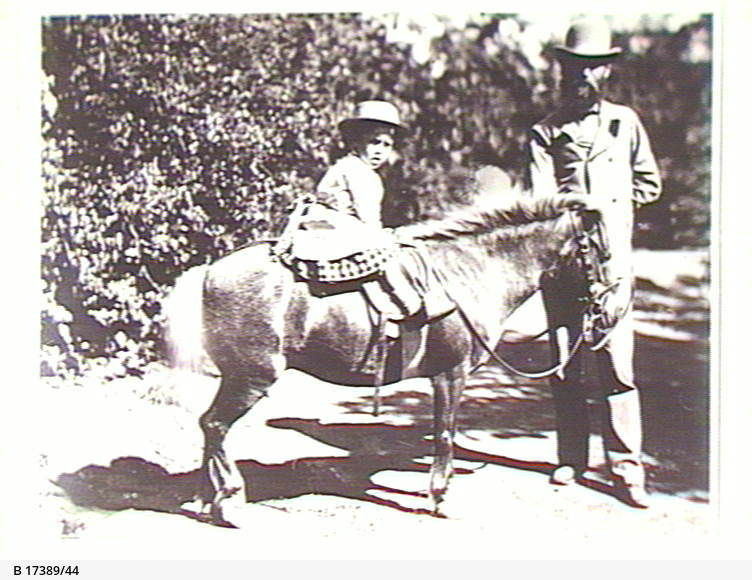
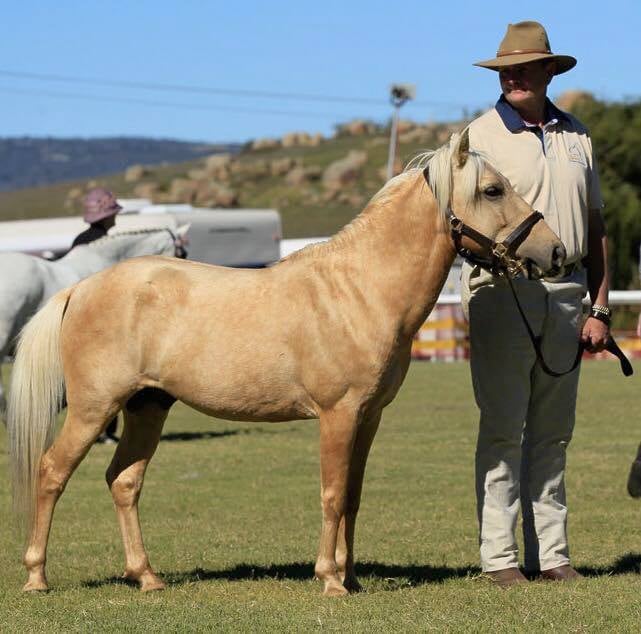
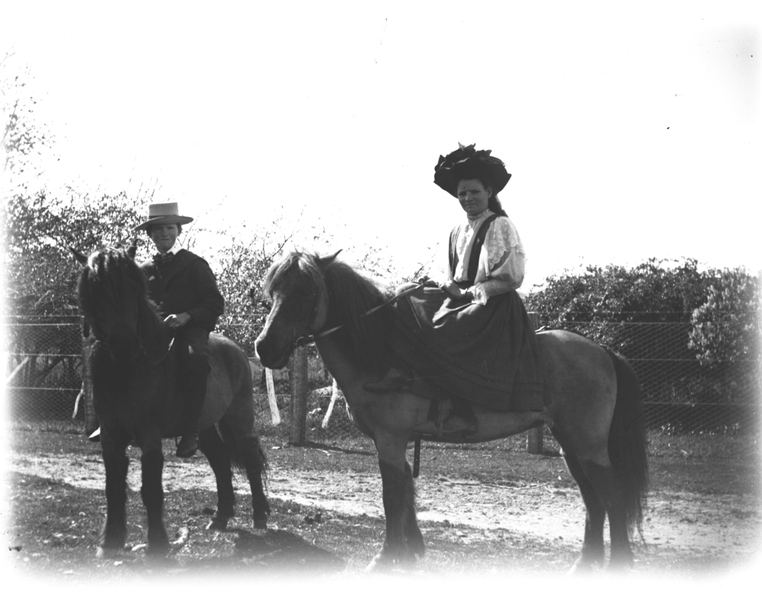
Images: Child on Pony, 1870s, State Library SA; Timor Pony stallion Xanthos, 2000s; Boy and girl astride their ponies, 1860s, Victorian Collections
Reading Banjo Paterson’s famous poem, The Man From Snowy River, few spare a thought for the line “- a touch of Timor Pony -” What was it about this relatively unknown, yet substantially influential breed in Australia’s history? The Timor Pony has been in Australia in numbers since the early 1800’s, with the first stallion having been imported to Sydney in 1803. Although the Timor Pony continues to exist on Timor Island, facing threat of extinction over time, they are in imminent danger of being lost to the Australian mainland. The Timor Pony played a crucial part in early Australian horse breeding, but sadly – just like the Waler – this wonderful Breed has been largely forgotten.
Where the Thoroughbred horses could not withstand the tropical conditions and diseases of the Northern Territory, the hardy little Timor not only endured; it flourished. Timor ponies were introduced into Australia en-masse from 1820, and trading ships continued to supply the popular demand for Timor Ponies throughout the 19th Century.
A settlement was formed at Fort Wellington on Cobourg Peninsula in Raffles Bay in 1826, by a military government party. It was abandoned in 1829, one Timor Pony stallion and an in-foal Timor Pony mare were left behind to roam freely, along with pigs and buffalo.
Another government party of military personnel with convicts landed on the Cobourg Peninsula, north-east of Darwin, to establish Victoria Settlement in 1838. In 1849 the settlement was abandoned. They had been welcomed and helped by local Aboriginals, this continued until they left, and one man continued to look after graves of those who’d died there for many years. This good relationship may have formed their attitude to the ponies, as they weren’t hunted for food. The ponies were left to run wild. A man lived there from 1877 and there was a good little wild population of ponies by then.
Many were shipped into the Australian colonies from Timor Island for working duties, intended as pack animals for the explorers, graziers and gold miners of the Territory. They eventually spread throughout all the Australian colonies as they were shipped to each state and were highly valued as tough working ponies.
Read more about Victoria Settlement here.
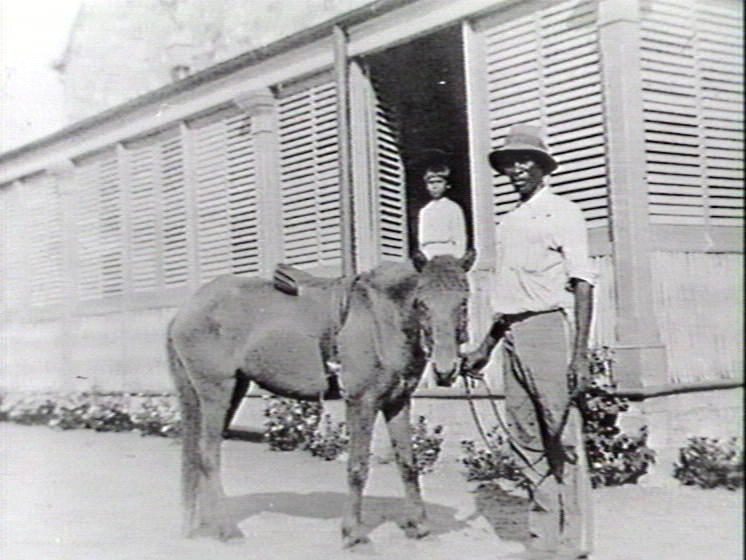
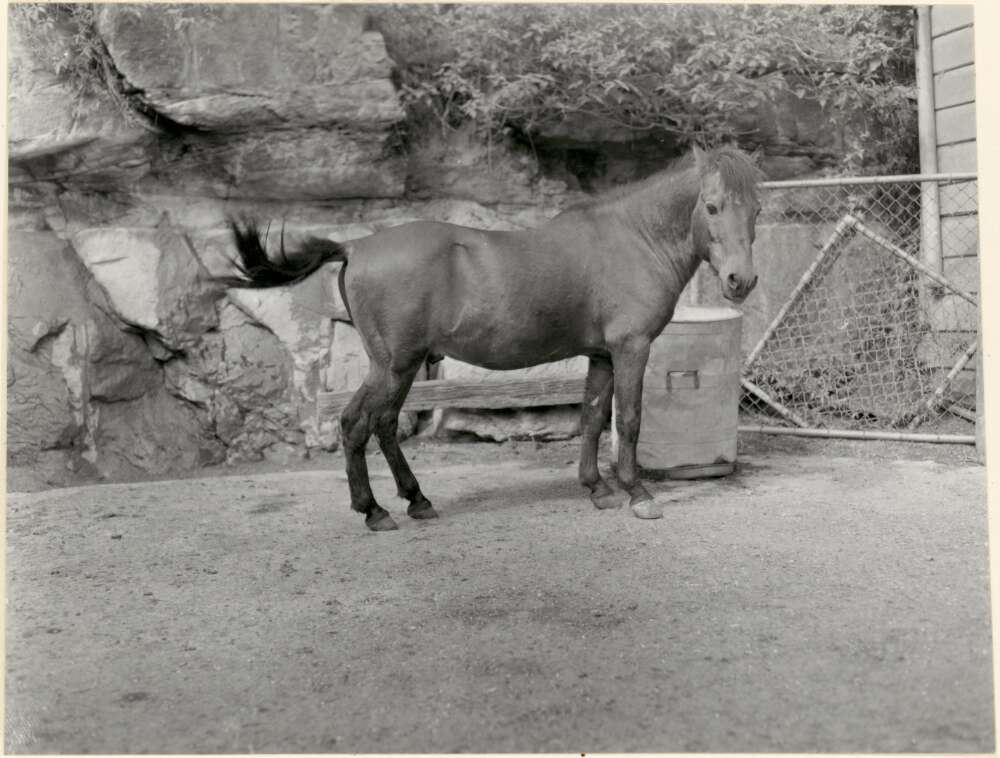
Images: Man, boy & pony, Territory Stories; Timor Pony, Taronga Park Zoo 1961, National Library Australia
Some excellent photos and videos of Timor Ponies in Timor Leste can be found on the late Max Stahl’s FB Page.
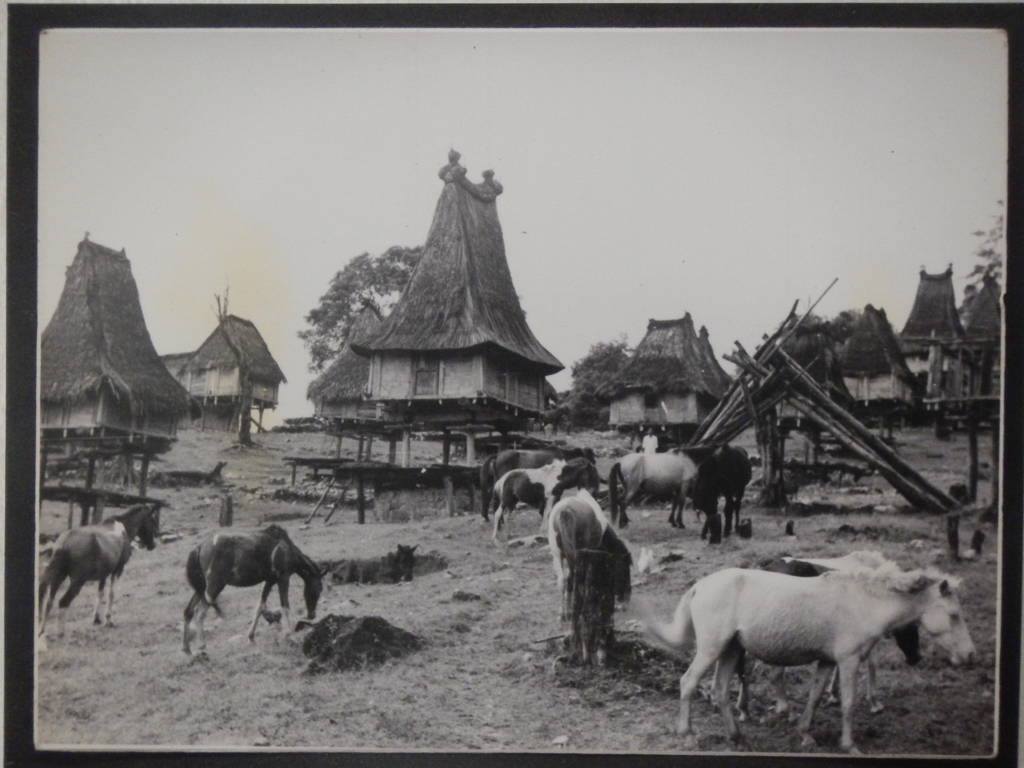
Timor Ponies working in a rice paddy video here.

Timor Ponies in the Timor Leste landscape video here.

Timor Ponies trekking video here.
